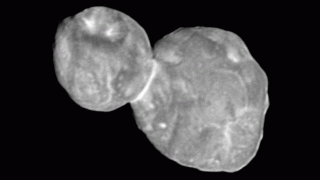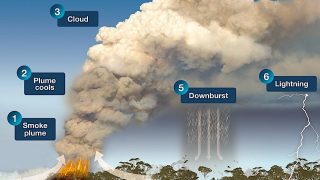
MI weekly selection #366
New dark matter candidate A subatomic particle known as a d-star hexaquark has been identified as a possible dark matter candidate. “The next step to establish this new dark matter candidate will be to obtain a better understanding of how the d-stars interact – when do they attract and when do they repel each other,” […]








